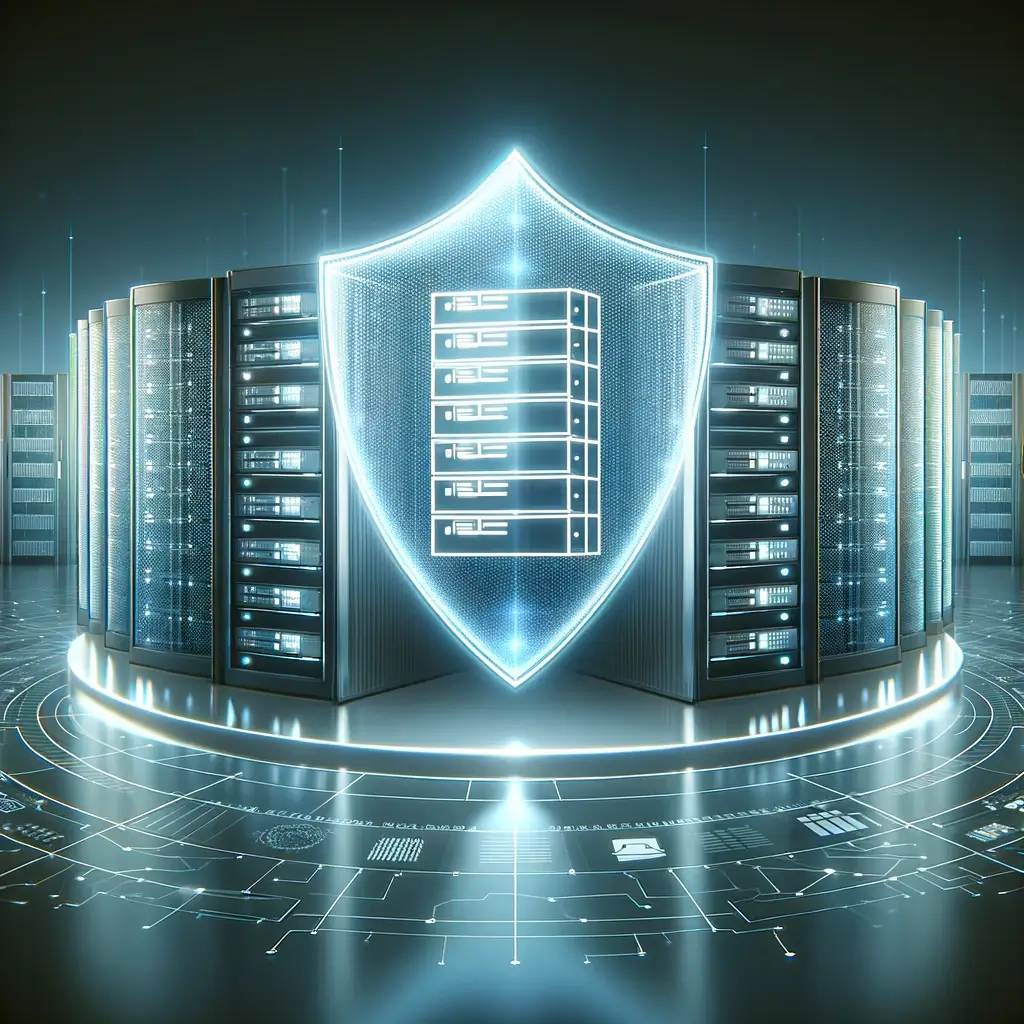In today’s data-driven business environment, data corruption can significantly impact organizational operations, leading to downtime, loss of critical information, and eroded trust among clients. Understanding what causes data corruption, implementing data corruption prevention measures, and knowing how to execute corrupted data recovery are essential components of a robust data management strategy. This guide delves into the intricacies of data corruption, offering insights and strategies to safeguard your business’s valuable data assets.

What is Data Corruption?
Data corruption refers to errors in computer data that occur during writing, reading, storage, transmission, or processing, which introduce unintended changes to the original data. Unlike simple data loss, corrupted data maintains its presence within the system but in a degraded, incorrect, or unusable form. This can severely disrupt business operations by compromising the reliability and accuracy of critical data sets.
Types of Data Corruption
Physical corruption: Damage to the storage medium, affecting the data’s physical layer. It often requires physical repairs or specialized data recovery services. Factors like environmental conditions can compromise storage devices, leading to such corruption.
Logical corruption: Incorrect data is written to the correct place due to software errors, system crashes, or cybersecurity threats like viruses and ransomware. This results in inconsistencies in file structures or database indexes without physical damage to the storage medium, disrupting file integrity.
Causes of Data Corruption
Software Failures: Software bugs and glitches within applications or operating systems can inadvertently alter or damage data during routine processing. Faulty software logic and coding errors can mismanage file operations, leading to corrupted files and databases.
Network Issues: During transmission over networks, data can become corrupted due to packet loss, transmission errors, or unreliable connections. These issues disrupt the accurate delivery of data packets, introducing errors into the received data.
Human Errors: Accidental actions by users, such as incorrect data entry, deletion of crucial files, or improper system configurations, often result in data corruption. Such errors can modify or erase critical data, affecting its reliability and availability.
Cybersecurity threats: Cyberthreats, including malware and ransomware attacks, deliberately target and corrupt data to disrupt business operations or for extortion purposes. These attacks can encrypt, delete, or modify data, rendering it inaccessible or useless.
Identifying Corrupted Data
Identifying corrupted data often involves recognizing signs such as unexplained system crashes, the inability to open files, and the appearance of odd error messages, which signal the presence of anomalies within the data structure. To detect such corruption, organizations deploy error-detection methods like checksums and parity bits, integral components of data integrity checks that facilitate the early identification and correction of corrupted data. These tools and techniques are critical in IT environments, enabling swift action to mitigate potential damage and maintain operational continuity.
10 Best Practices for Mitigating Data Corruption
To safeguard business operations and maintain data integrity, implementing comprehensive strategies to prevent data corruption is crucial. These ten best practices are designed to mitigate risks and ensure the resilience of your data infrastructure:

- Regular Backups: Schedule frequent backups of all critical data to ensure recovery options in the event of corruption.
- Use Reliable Hardware: Invest in reliable storage and networking equipment known for durability and performance.
- Software Updates: Keep all systems and applications updated to patch vulnerabilities that could lead to data corruption.
- Employ Redundancy Mechanisms: Implement RAID configurations, data replication and erasure coding, configurations for added redundancy, protecting data against drive failures.
- Data Validation Routines: Incorporate strict data validation processes to ensure that only correct and intended data is stored.
- Error-Checking Protocols: Utilize error-checking mechanisms like CRC (Cyclic Redundancy Check) for additional data integrity verification during transmission and storage.
- Data Immutability: Implement storage solutions that support immutability to prevent data from being altered or deleted, thus protecting against corruption and tampering.
- Encryption: Implement encryption protocols to secure data at rest and in transit, thereby reducing the risk of unauthorized access and subsequent data corruption.
- Activity Logging & Hashing: Maintain comprehensive logs of data operations and use hashing to regularly verify data integrity, enabling quick identification and response to any signs of corruption.
- Develop a Data Recovery Plan: Prepare a detailed plan outlining the steps for data restoration from backups and the engagement of data recovery professionals when necessary.
How DataCore Swarm Can Help
DataCore Swarm provides robust data protection features designed to preemptively shield your data from corruption. By integrating advanced integrity-checking protocols, redundancy mechanisms, and immutable storage options, Swarm fortifies your data’s resilience against unexpected corruption, cyberthreats, and human errors.
By leveraging Swarm, organizations can significantly enhance their defenses against data corruption, ensuring their data remains intact, secure, and readily available, even in the face of unforeseen challenges. Embrace the resilience and reliability that DataCore Swarm brings to your data infrastructure and navigate the digital realm with confidence.
Take Action to Protect Your Data Now
